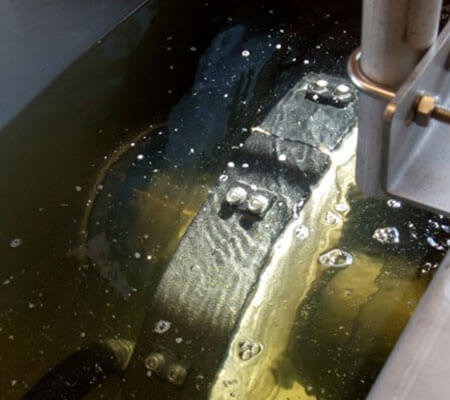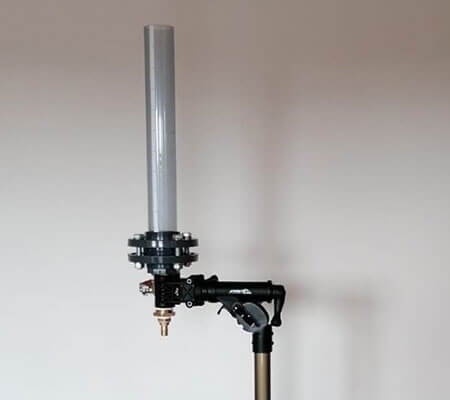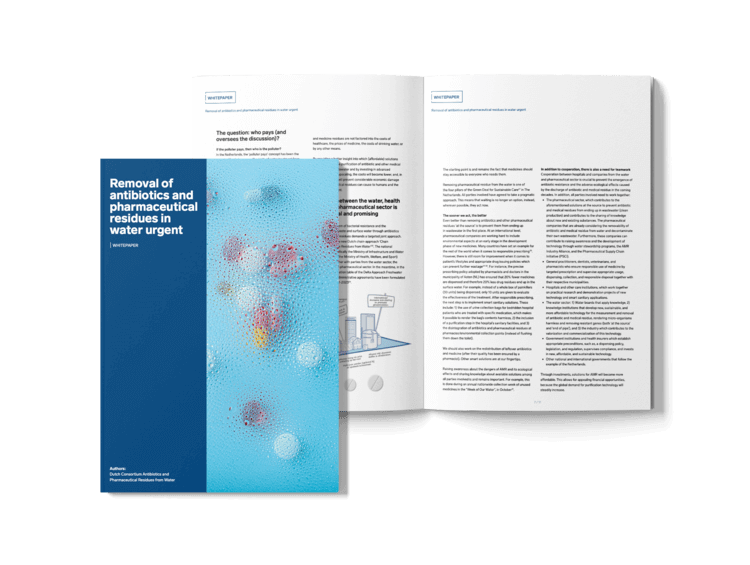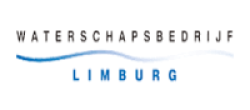Pile Cloth Filtration
Pile cloth filters are combining the advantages of disc filters and the deep bed filtration mechanism. Solids are trapped into the 3D cloth which promotes high efficiencies. The technology is used to remove solids, phosphorus and powdered activated carbon.
Pile cloth filtration
Easy to operate
Fully automated operations. The fibre media is easy to inspect and replace.
Stable and continuous operation due to the cleaning of the fibre media with an automated cleaning device.
A continuous filtration process reduces the need for standby units.
Compact design
Reduced footprint due to a modular and compact design. Both stand-alone units and integrated concrete tank solutions for large capacities are offered.
A low head loss enables a nice fit into the hydraulic line of the treatment works, without the need of feed pumping.
Process efficiency
Highly efficient removal of suspended solids, organic matter and/or phosphorus. Various mesh widths are applicable. Depth filtration in the cloth is contributing to promoting the efficiencies.
High and stable effluent qualities lead to options for water reuse.

How it works
Filtration process, water to be filtered flows by gravity into the filter passing from the outside to the inside through the pile cloth fibre media. Suspended solids and other contaminants in the water are accumulated on the outside of the fibre media and the water level inside the filter begins to rise.
Backwash process, the backwash process is started by the water level sensor or timer. During the backwash process, the disc rotates and the solids are removed by spray and or suction cleaning. The collected solids are discharged through the solid collection system. During the backwash process, the Pile cloth filtration operates without stopping the filtration.
Discharge of sludge, the solids that settle at the bottom of the tank are accumulated and discharged by pump at preset cycles. During the discharge process, the Pile cloth filtration operates without stopping the filtration.
Coagulation – Flocculation – Cloth filtration
Pile cloth filtration is often used to remove both soluble and particular solids, after coagulation and flocculation. Upstream of the cloth filter dedicated coagulation and flocculation zones are implemented to create good floc conditions which may be removed in the cloth efficiently. The combination of a properly designed coagulation and flocculation will result in a highly efficient removal of flocs in the cloth.
Both bench scale and pilot scale pile cloth units are available for upfront testing and selecting the cloth filter set-up.

Applications
Tertiary waste water treatment
Focus upon removal of residues of suspended solids, BOD, powdered activated carbon and/or phosphorus in waste water treatment plants.
Filtration for water reuse of water, cooling water applications, agriculture, steel manufacturing plants.
Surface water treatment
Treatment of river and lake water to remove turbidity, organic matter (algae species) and colour.
Pre-treatment for advanced processes (GAC, IE, ozone, UV) and R/O, N/F
Removal of micropollutants
Tertiary powdered activated carbon dosing to adsorb micropollutants, such as medicine residues, requires a 100% guaranteed threshold for PAC, prior to discharging the final effluent into receiving water bodies. Pile cloth filtration proves to be such an efficient barrier.
Phosphorus removal
Both in surface water and waste water applications the removal of phosphorus, both particular and soluble, is effectively executed by coagulation, flocculation and pile cloth filtration. To consistently meet very low phosphorus levels.

Would you like some further reading?
Please feel free to download this whitepaper ‘’Removal of Antibiotics and Pharmaceutical Residues in Water Urgent”









